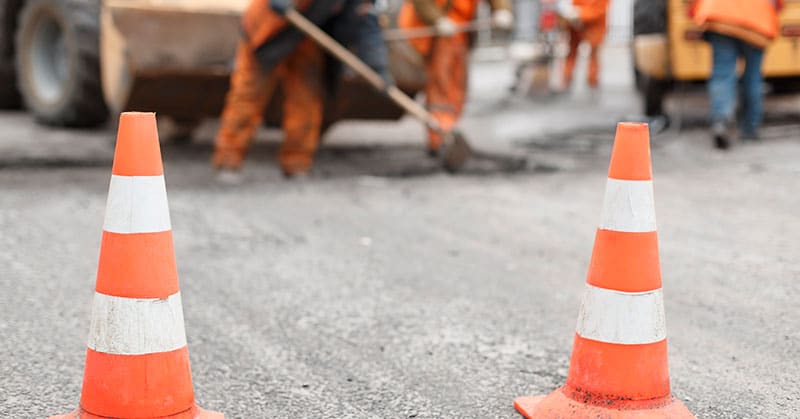When it comes to roadway planning – whether it’s a two-lane country road or a busy six-lane freeway – transportation planners have one thing in common: making that roadway as safe as possible for the people who’ll be using it. While there are a variety of different paving options available, concrete is often the material of choice for roads, and there are good reasons why that’s true. This incredibly durable material not only has a long lifespan, it’s also affordable and requires very little maintenance. But there is another important reason for the popularity of concrete in roadway paving: the safety it provides for the people who travel on it. Here are just some of the benefits that come with choosing concrete as your paving option:
- Construction – Concrete roadways are constructed using joints (often with steel reinforcement) that keeps the surface smooth, as well as reducing the chance for cracking, breaking or buckling.
- Skid-resistance – Paving contractors are able to add texture to the surface of concrete roadways to prevent skidding, thereby helping to prevent crashes from happening.
- Abrasive nature – Even concrete that is not textured provides some skid-resistance due simply to the basic ingredients of the mix, which typically includes cement, aggregates, rock and water. The abrasive nature of concrete provides it with some natural skid-resistance, which is further enhanced when texture is added.
- Durability – Although both asphalt and concrete are extremely strong surfaces, rigid concrete is generally more durable that asphalt. That means that concrete roads are less likely to develop potholes, making them safer in the long run. And concrete holds up well under the heavy traffic that roads and highways are exposed to 24 hours a day, 7 days a week.
- Lower maintenance requirements – In most instances, concrete requires less maintenance than asphalt. This, in turn, results in fewer maintenance crews on roadways, and that means less congestion and a safer commute for travelers.
Both concrete and asphalt have advantages and disadvantages. The initial installation of asphalt, for example, is typically less expensive than concrete. However, higher maintenance costs for asphalt over the lifespan of the pavement often negate those initial savings. And when taking into consideration the many safety advantages of concrete, it’s easy to see why this material has been the pavement of choice for transportation planners for many decades. For more information about the many safety advantages and other benefits of concrete for roads and highways, contact a reputable local paving contractor today.
